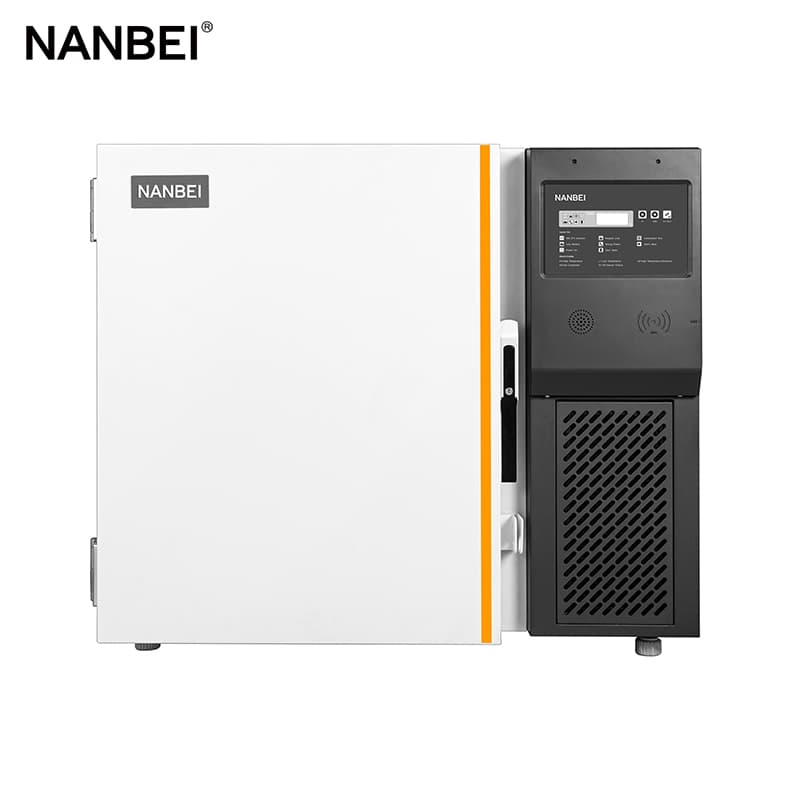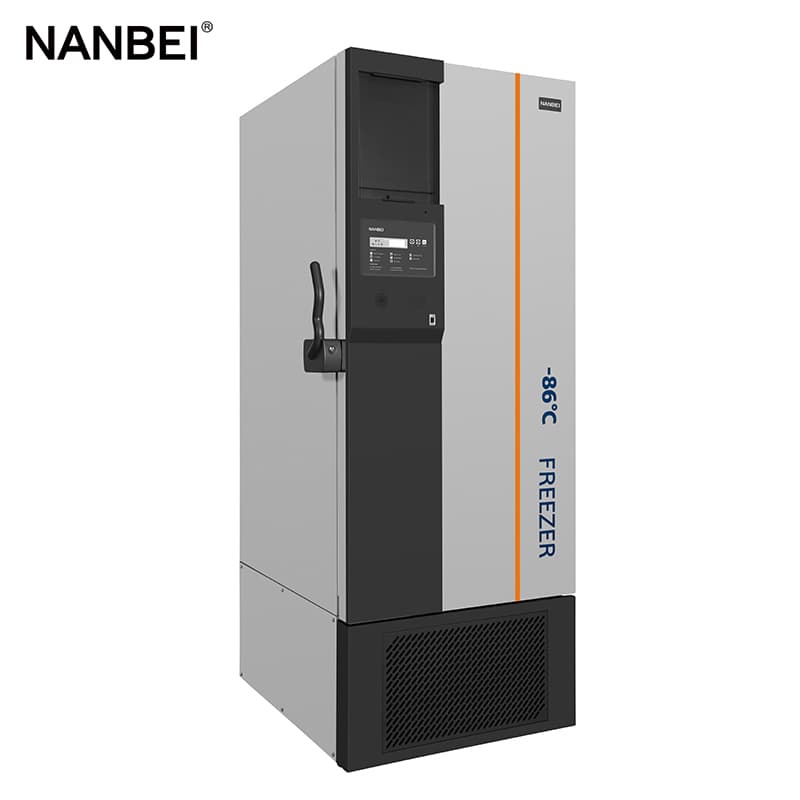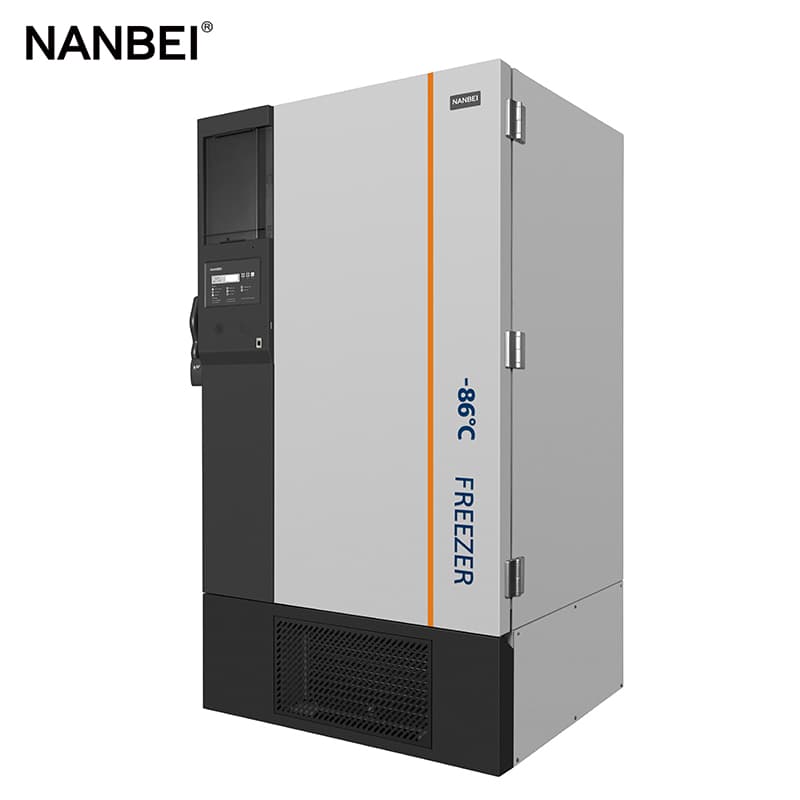The temperature range of ultra-low temperature freezers is roughly from -60°C to -150°C, and it has a wide range of applications, such as biological research, metal processing, hospitals, and disease prevention systems.

When -60℃ ultra-low temperature freezer system is filled with excess refrigerant, the lubricating oil will be diluted and the viscosity will be reduced, so that the wearing parts of the compressor cannot be effectively lubricated and the wear will be aggravated. Besides, liquid hammer will be formed, which will cause fatal damage to the compressor pump. If the refrigerant charge is insufficient or the refrigerant leaks in the system, the heat dissipation of the motor cannot be taken away by the flowing refrigerant in time, causing the motor to work at high temperatures and affecting its service life.

When the surface of the evaporator of a -60 degree ultra-low temperature refrigerator is dirty, the cooling capacity of the refrigeration system will be reduced and the compressor will operate at a high compression ratio, which directly affects the service life of the compressor. A dirty surface of the condenser and poor ventilation in the installation location will increase the system load and cause the motor winding to burn out due to high temperature.
The main reasons for the generation of non-condensable gas in the -60 degree ultra-low temperature freezer system are incomplete vacuuming and leakage from the low-pressure side. Failure to purify the entire refrigeration system during installation and maintenance will result in a decrease in efficiency of the entire refrigeration system and an increase in system pressure.

Due to use at low voltage, refrigerant leakage, abnormal load, etc., the compressor overload protector frequently operates, causing the compressor to start and stop too quickly, and the lubricating oil will be pumped out of the compressor and cannot be returned,so the reliability of the compressor will be greatly affected. These faults are relatively common, so operators should try to avoid them during operation.
Previous: No Information
Next: The FAI climbed 5.9 percent year-on-year in the first 11